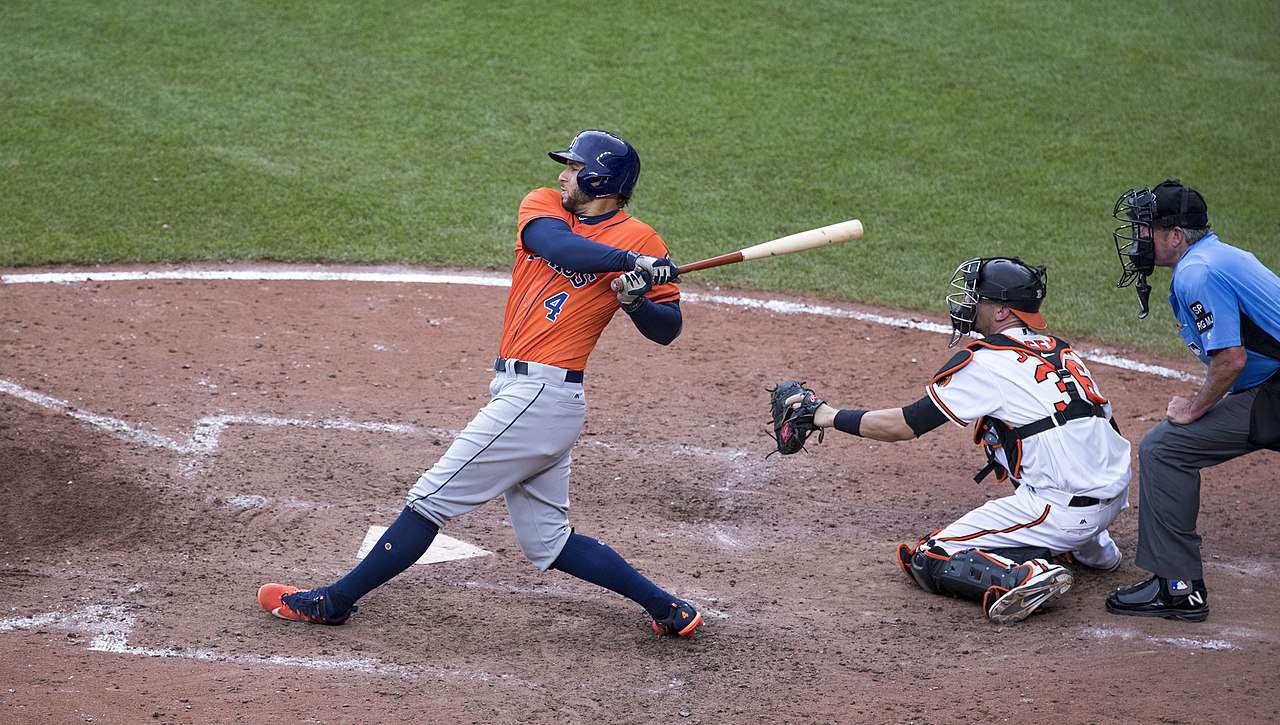As the White Sox try and fail and try and fail and try again to plug right field for three winters running, it's been hard to ignore the way the free agent market begged them to swing big.
Two offseasons ago, when the payroll was clean and the White Sox could use a landmark signing, Bryce Harper remained on the open market into February, when the Philadelphia Phillies finally landed him. It took a 13-year deal, but that allowed his annual salary to remain comfortably below $30 million a season, which the White Sox could have afforded then and now.
This winter, with Yasmani Grandal, Dallas Keuchel and José Abreu all aboard for significant salaries, but the rest of the payroll controlled and postseason expectations justifying further expenditures, George Springer lingered in free agency into the second half of January. The pandemic eliminated limited his market to all but two teams, with one of them uncertain about where it might be playing its home games.
As a result, Springer had to settle for a deal more reasonable than Harper's. He's signing with the Blue Jays, whether they're in Toronto or Buffalo next season, for six years and $150 million.
$25 million a season for an outfielder who solves offense and defensive issues through his age-36 season doesn't strike me as daunting, especially considering that a team like the White Sox might've been able to pay him less. The Blue Jays have had a helluva time landing landmark players this winter, with the Sox besting them once in the Liam Hendriks derby. Maybe the Sox would've had to pony up for the same amount, but initial reports suggest Toronto had to pay an Uncertainty Tax.
Instead, the Sox continued their methodical experiment in seeing how little they need to spend on a right fielder for the third consecutive winter. After whiffing on Jon Jay for $4 million and Nomar Mazara for $5.56 million, here comes Eaton for $7 million. The White Sox are acting as though they're limited to $1.5 million increments on this quest, which would prevent them from signing a Springer-grade solution until 2034. Considering Rick Hahn will still be GM then, I wouldn't rule it out.
By sitting out the top of the market year after year, even when it so beautifully bends to their will, it makes the scorched-earth nature of the rebuild all the more pointless. They could have traded Chris Sale, José Quintana and Adam Eaton for the same packages and attempted to compete a year or two earlier. Instead, the Sox saved money they didn't spend in service of flexibility they're afraid to use. The White Sox still may well succeed without either thanks to the strength of the rebuild-starting trades and the lackluster efforts elsewhere in their division, but it sure would've been nice to see Jerry Reinsdorf try spending money to make money, since making Reinsdorf money to spend hasn't been a strength of this front office.
* * * * * * * * *
Speaking of Quintana, he's off the market as well. He signed with the Angels for one year and $8 million, which is neither a bargain nor boondoggle. I wouldn't have minded seeing the White Sox sign him at that price, but with Eaton already on board, I might've been a little reluctant to see the White Sox again resort to familiarity, even if that particular signing would've made more sense.
(Photo by KeithAllisonPhoto.com)






